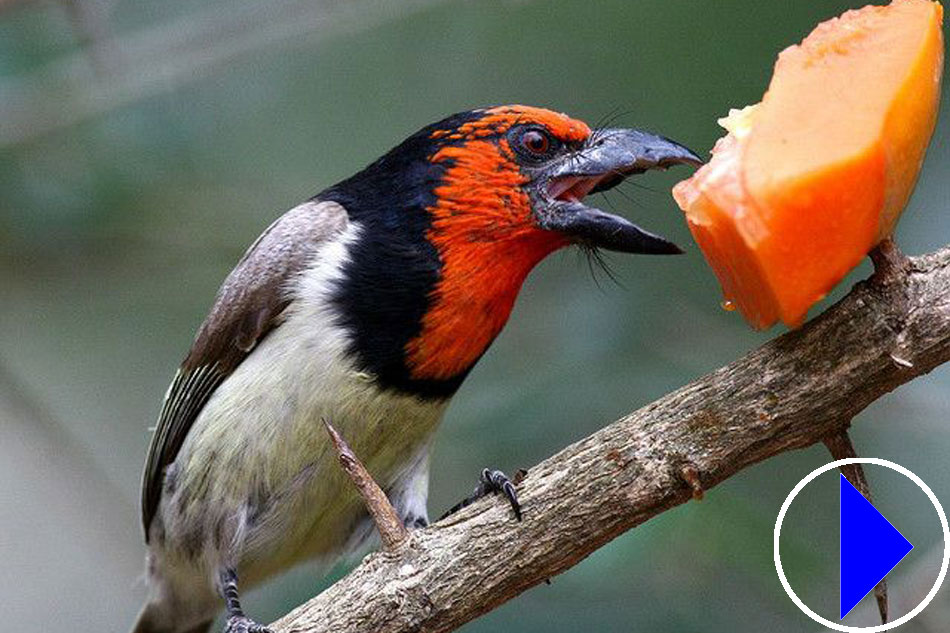
SOUTH AFRICA GARDEN BIRDS, LIVE WEBCAM
- Local Time
- Location: A Garden in Pretoria, South Africa
- Source: Allen Birdcam
- Info: Live streaming garden bird webcam in South Africa. The webcam is located at a bird feeder in a suburban garden in Pretoria. Visiting birds include African hoopoes, black sunbirds, Cape glossy starlings, Cape Robins, blue waxbills, grey hornbills, forktail drongos and barbets. For an informative guide to common garden birds in this area, visit Birding South Africa.
This live bird watching camera is courtesy of Allen BirdCam For a comprehensive list of South African birds with photos, visit Creative Birding
THE AFRICAN HOOPOE
The African Hoopoe is easily recognisable with its distinctive crown or crest of rich chestnut feathers with black tips. When the hoopoe is surprised or alarmed, it raises this crest. The bird’s lower abdomen, under-tail, and belly are white in colour. Its eyes are black, and its feet and legs are dark brown in colour. The African hoopoe has a long curved beak which allows the bird to forage through ground cover, to search for food. This long, dark, and narrow beak is also utilized during aggressive territorial fights.
Hoopoes are monogamous, but pair-bonds usually last only for one season. During the breeding season, a pair of African Hoopoes will perform a unique courtship display which involves food. The male hoopoe will present an insect to the female as a gift. If the courtship is successful, the hoopoes which are cavity nesters, will seek out a natural tree hole or a hole carved by a woodpecker or barbet. The male hoopoe will always be the one to choose the nest.
The egg-laying season takes place between August-February. A female African hoopoe generally lays 4-7 eggs and the female alone will incubate the eggs for 14 - 16 days. At hatching, the hoope chicks are covered with down. The crest appears two weeks later. At 20-24 days of age, the chicks are visible at the entrance of the hole. The nesting period varies from 26-32 days in South Africa.

